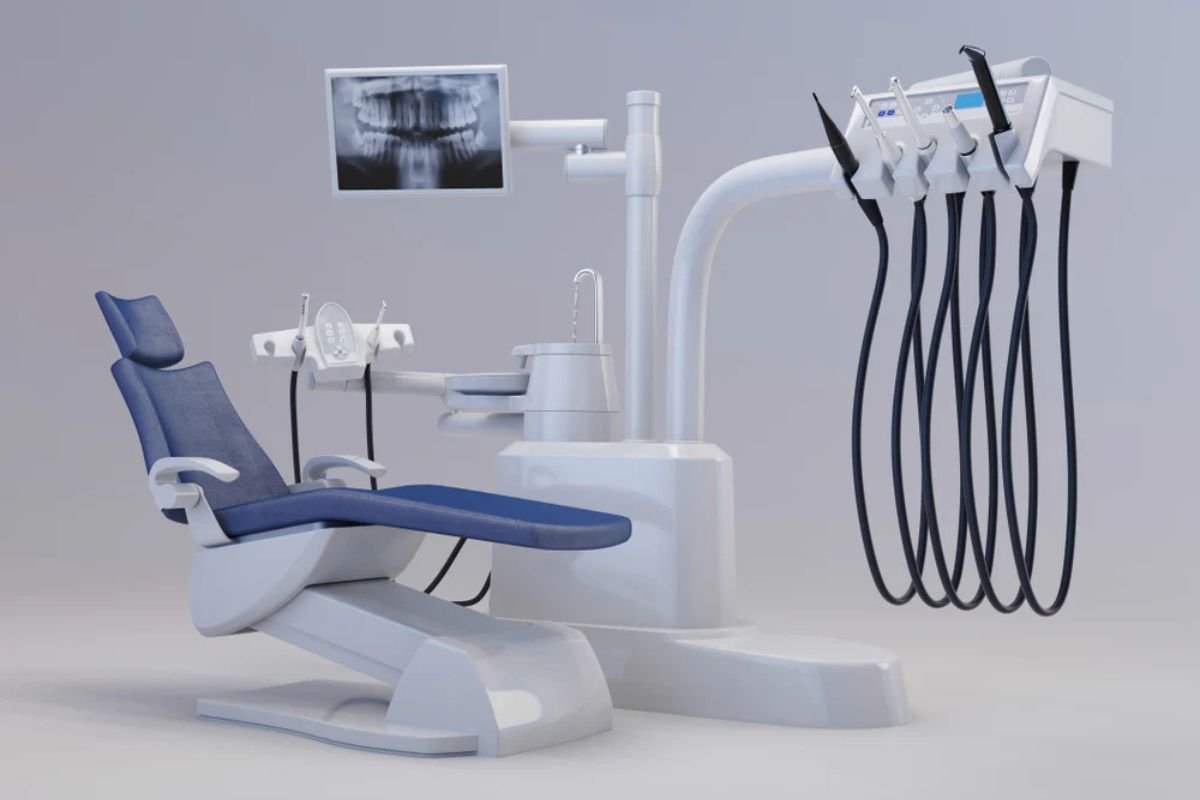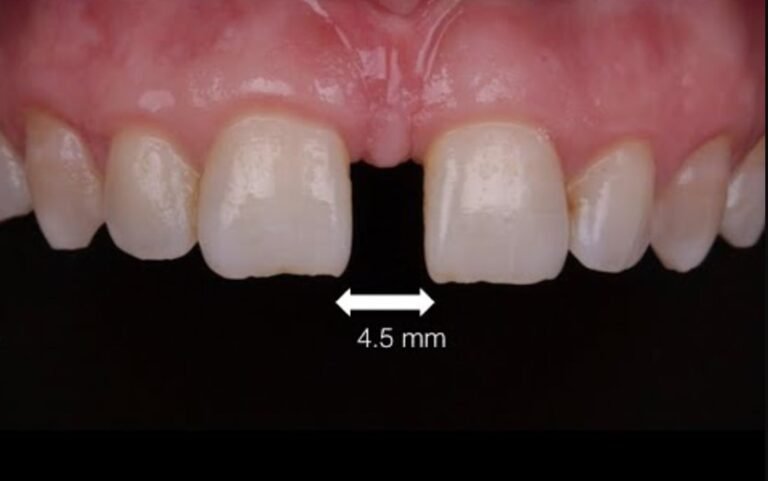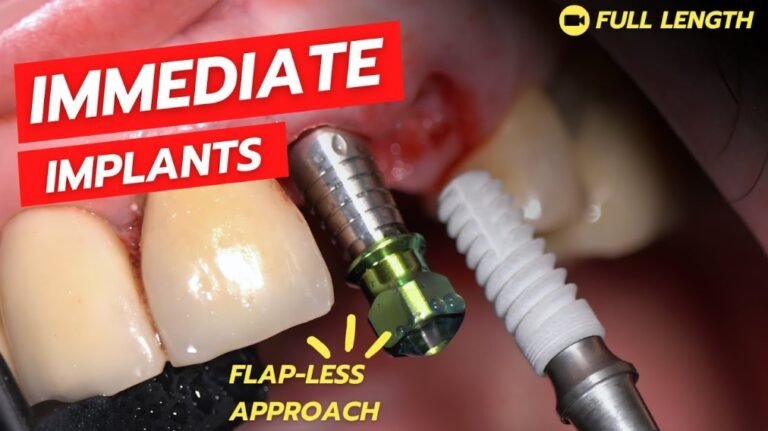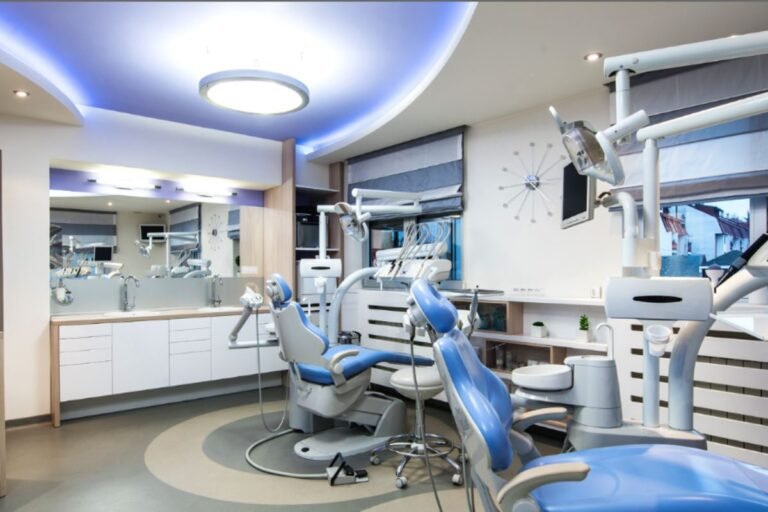Ergonomic Tips for Dental Chairs and Operator Stations: Ensuring Staff Wellness
The Importance of Ergonomics in Dentistry: Ergonomics, the study of people’s efficiency in their working environment, is crucial in dentistry. It not only enhances the comfort of dental professionals but also mitigates potential health risks such as musculoskeletal disorders (MSDs), chronic pain, fatigue, and reduced productivity. Addressing these issues is essential for maintaining a productive and healthy dental practice.
Overview of the Problem
Dental professionals often face ergonomic challenges, including poor posture, repetitive motions, static positions, and inadequate chair and equipment adjustments. These issues can lead to significant health problems if not addressed appropriately.
II. Dental Chair Ergonomics
Chair Positioning
Optimal chair positioning is vital for various procedures. Adjusting the backrest and seat pan to the appropriate height and angle, along with considering leg support and footrest, ensures comfort and minimizes strain.
Patient Positioning
Properly adjusting the headrest and armrests helps in minimizing neck and back strain for both patients and operators. Ensuring the patient’s comfort is equally important for reducing operator fatigue.
Operator’s Posture
Maintaining a neutral spine, avoiding awkward twisting and reaching, and using lumbar support are key to preventing musculoskeletal issues. A well-designed chair can help maintain these ergonomic postures.
III. Operator Station Ergonomics
Equipment Placement
Organizing instruments and supplies within easy reach reduces unnecessary movements. Proper placement of equipment helps in maintaining a smooth workflow and minimizes strain.
Instrument Tray Height
Adjusting the height of the instrument tray prevents bending and reaching, which can lead to discomfort and long-term issues.
Magnification Systems
Proper alignment of loupes and microscopes is crucial to avoid eye strain and neck pain. Using magnification systems correctly enhances precision and reduces physical stress.
Lighting
Adequate illumination is essential to reduce eye fatigue and avoid glare and shadows. Proper lighting setup enhances visibility and comfort.
IV. Practical Tips for Improved Ergonomics
Regular Micro-breaks
Taking short, frequent breaks helps rest muscles and reduce stress, preventing fatigue and discomfort.
Stretching Exercises
Incorporating simple stretching exercises can relieve tension and improve flexibility, contributing to overall physical well-being.
Customizable Equipment
Investing in adjustable chairs, stools, and other equipment allows customization to individual needs, promoting better ergonomic practices.
Ergonomic Assessments
Regular ergonomic evaluations help identify and address issues, ensuring a healthy and productive work environment.
Education and Training
Promoting awareness of ergonomic principles among dental staff through education and training is essential for long-term well-being.
V. Conclusion
In summary, ergonomics in dental practice is vital for preventing health issues and enhancing productivity. Implementing ergonomic strategies provides significant benefits, including reduced discomfort, enhanced efficiency, and improved overall health for dental professionals.






